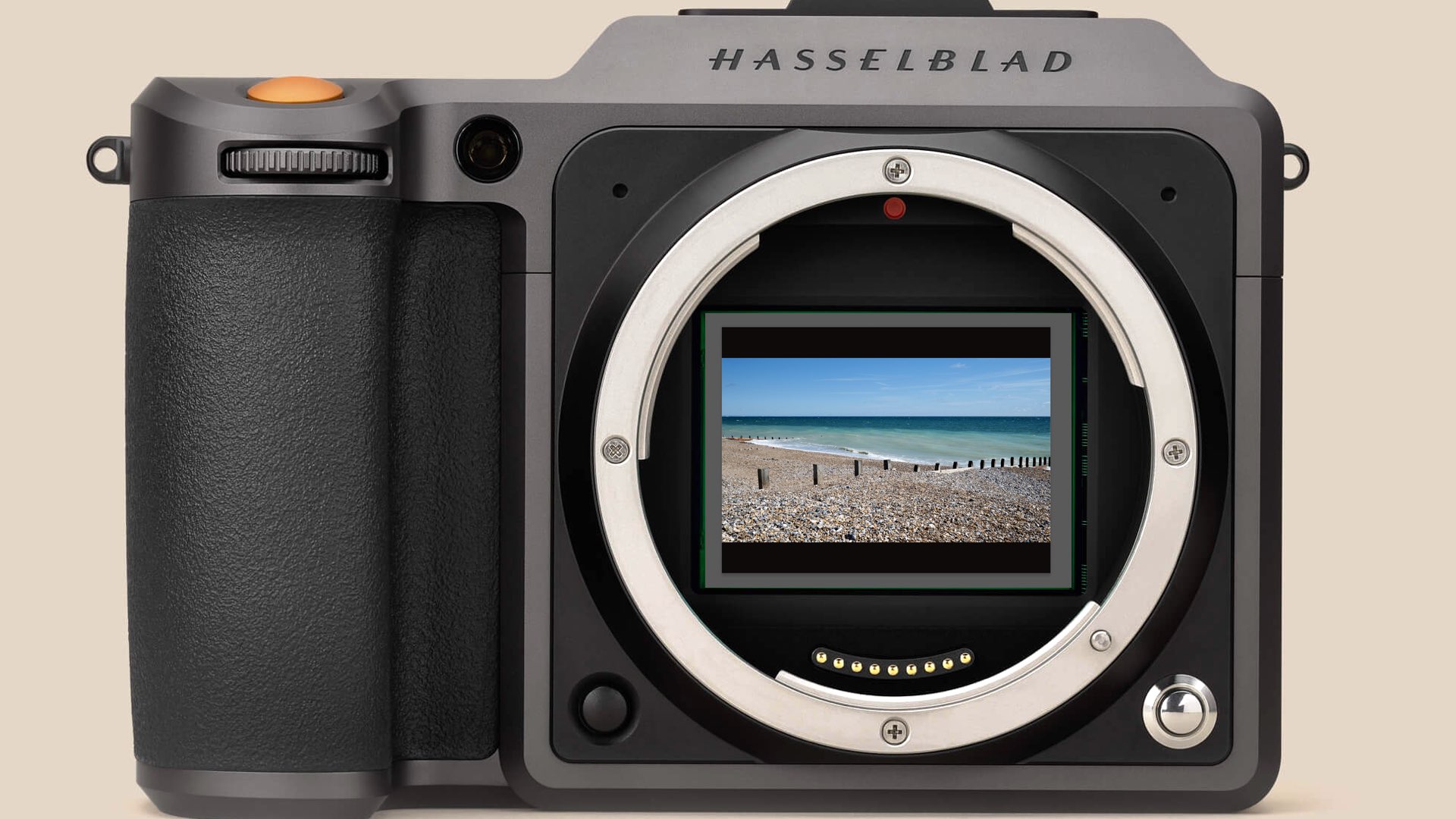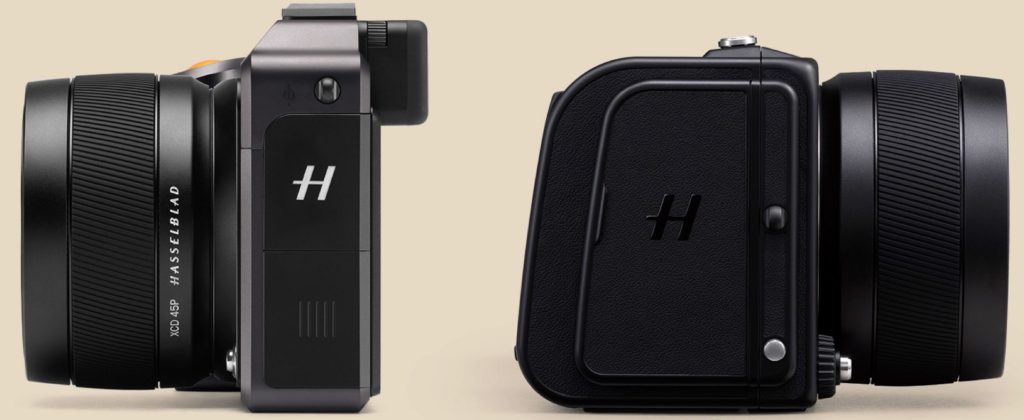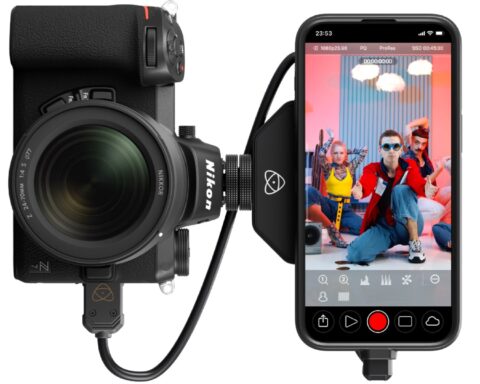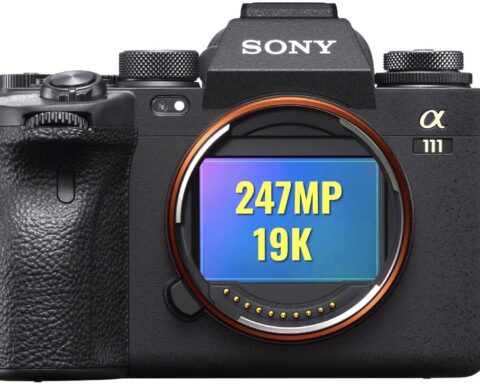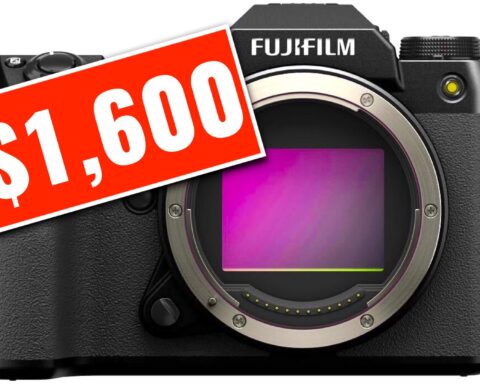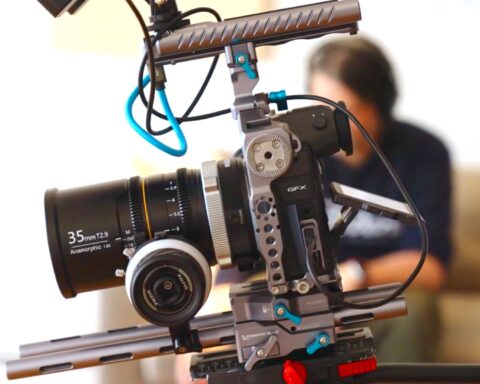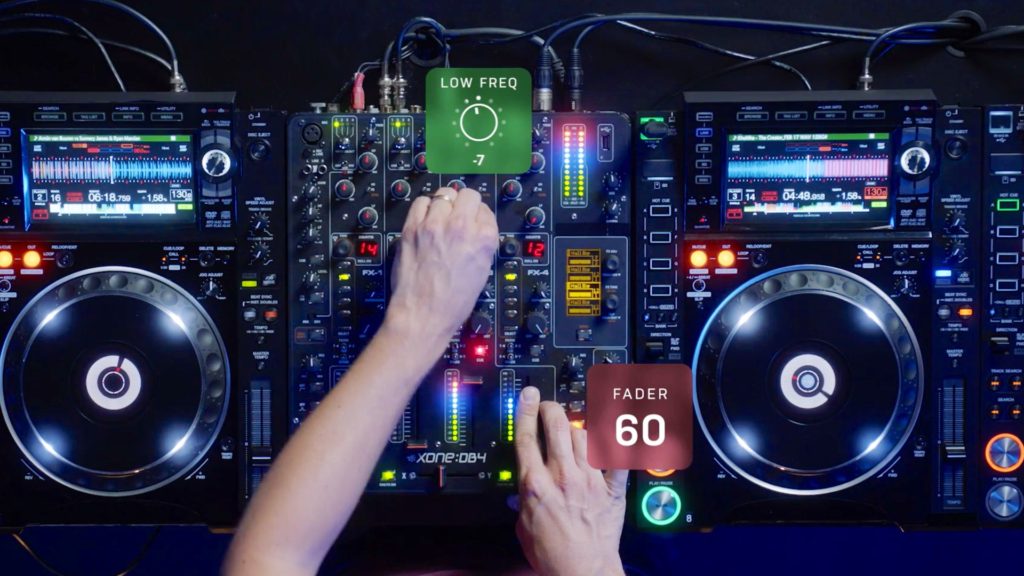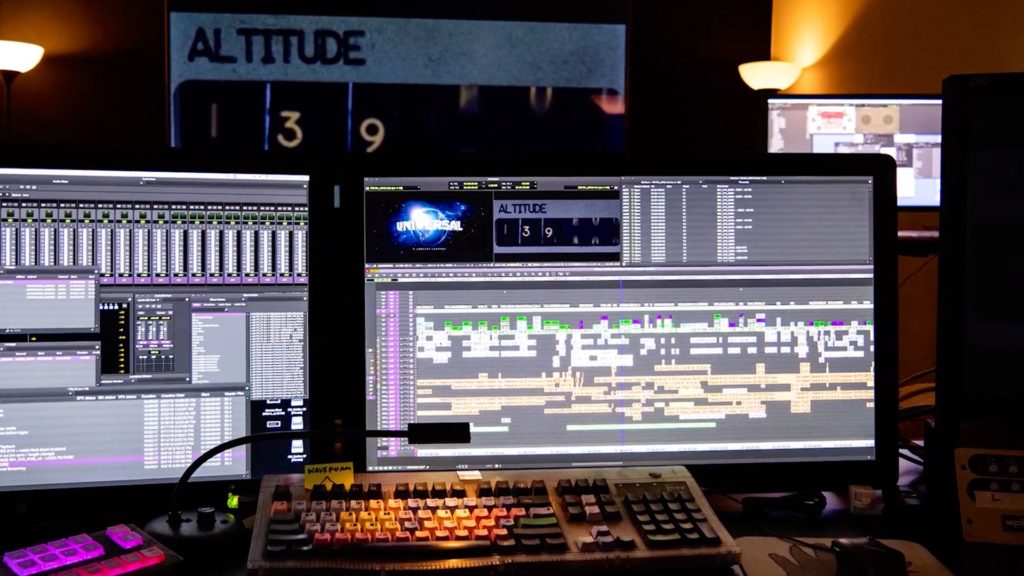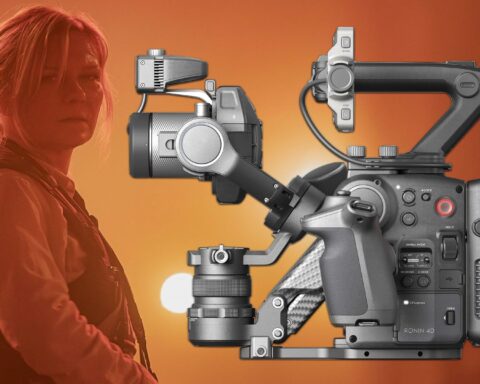Hasselblad has announced Firmware Update 1.2.0 for its X1D II 50C and 907X Special Edition which allows shooting videos straight from the huge medium format sensor. However, there is a catch. Read below.
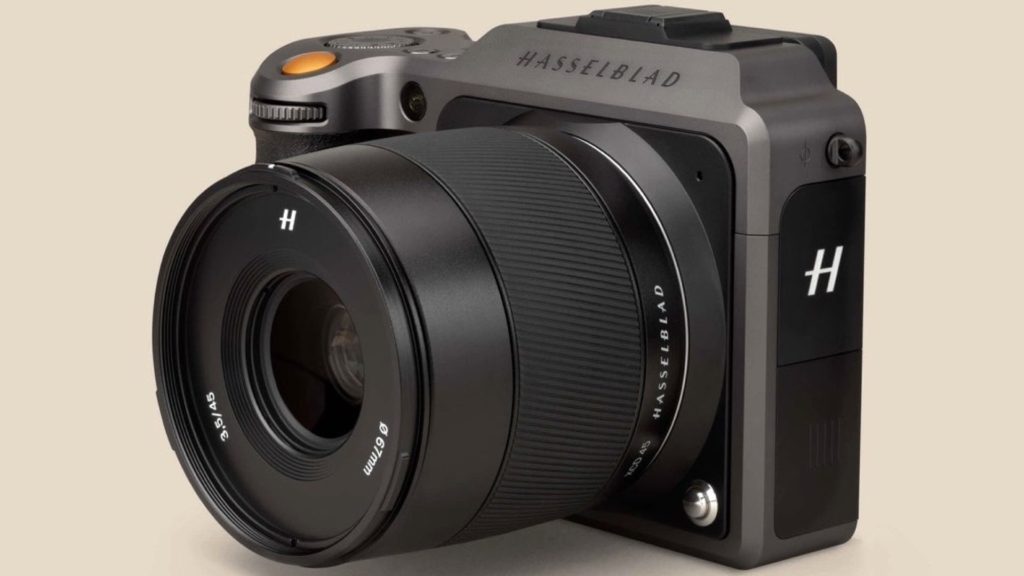
Medium-Format: The specialty of Hasselblad cameras
The X1D II 50C mirrorless medium format digital camera is equipped with a 50-megapixel sensor, which is a large 50-megapixel medium format CMOS sensor (43.8 x 32.9mm) that features outstanding color depth and a decent dynamic range of 14 stops. Hasselblad Natural Color Solution technology is integrated into the camera’s system, delivering superb, true-to-life tones that match what the human eye sees, packed with award-winning ergonomic design.
Firmware Update 1.2.0 unleashes medium-format video capabilities
The new firmware update 1.2.0 includes tons of features regarding the photographic capabilities of the X1D II 50C and 907X. This is indeed a significant update. However, in this article, we’ll focus on the video enhancement of 1.2.0, since Y.M.Cinema Magazine deals with cinematography and filmmaking. So, in the new update, video capture has been added, which allows recording at resolution 2.7K (2720 x 1530) & HD (1920 x 1080). Video can be recorded at 29.97 fps with 4:2:0 8bit color. According to Hasselblad, the 2.7K resolution option delivers improved capture of details, whilst balancing the final video capture size. The ability to capture videos within X1D II 50C is a big deal for filmmakers. Let’s explain why.
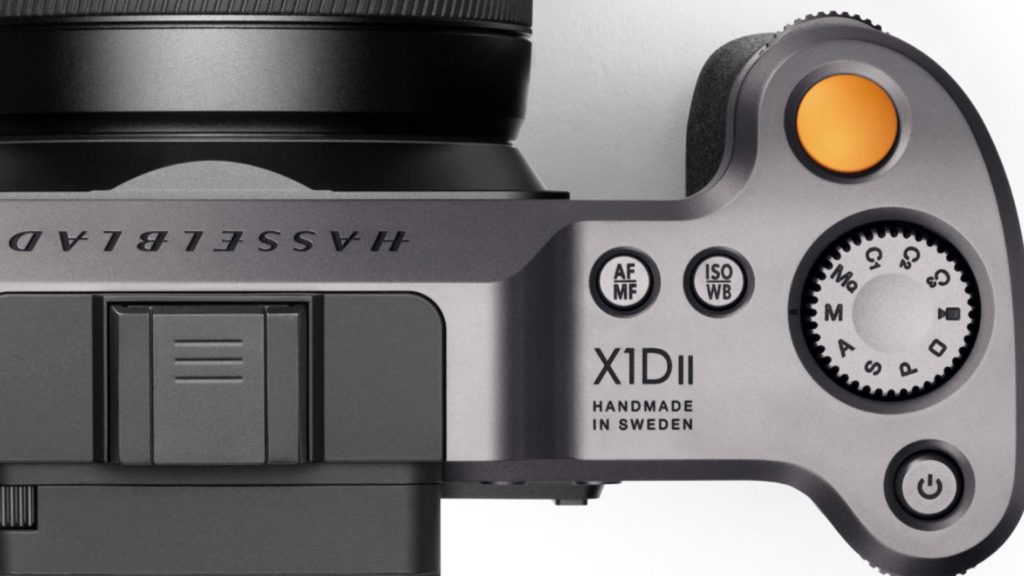
The full width of the sensor is used in a 16:9 aspect ratio (43.8 ×24.6), resulting in a massive 50.25 mm image circle which is more than 16% larger than typical full-frame video capture, and nearly double comparing the standard cinematic Super 35.
Hasselblad X1D II 50C’s huge sensor
Hasselblad specializes in developing cameras armed with medium format sensors which is a huge sensor size even comparing to full-frame DSLRs. For instance, take a look at the comparison below which shows different large-format cinema cameras and their sensor sizes (sizes are in millimeters – see the chart for further simplification): CLick on the chart to enlarge it.
- ALEXA 65 sensor size: 54.12 × 25.59
- ALEXA LF sensor size: 36.70 x 25.54
- RED Monstro sensor size: 40.96 x 21.60
- Hasselblad X1D II 50C sensor size: 43.8 × 32.9 (active video capture size: 43.8 ×24.6
- Super 35 sensor size: 24.6 x 13.8
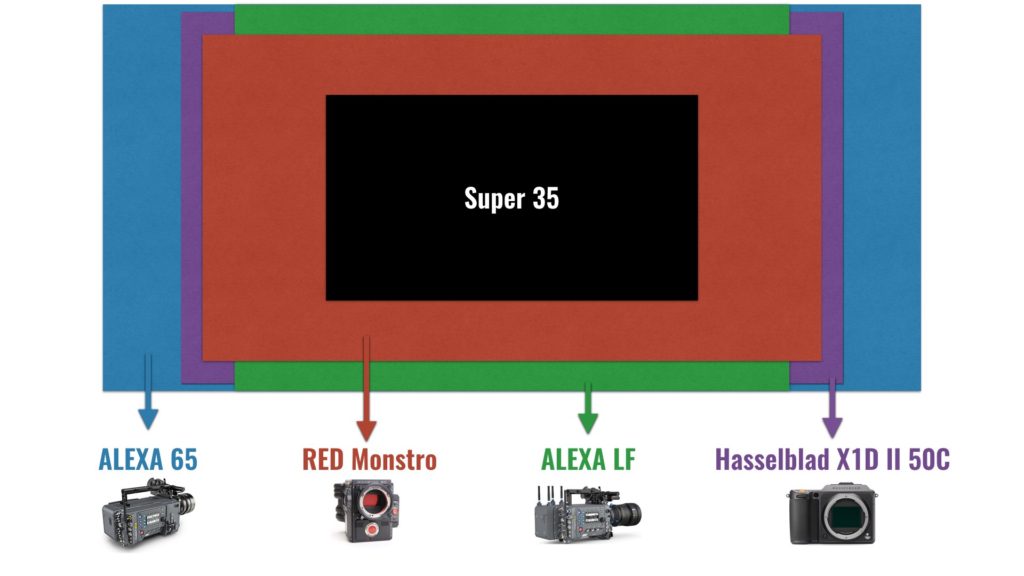
Hasselblad X1D II 50C video mode
It’s important to emphasize that the new video mode of the Hasselblad X1D II 50C utilizes the full width of the sensor, but in a 16:9 ratio (the full height is not used). Please see the image enclosed. Which means that the full width of the sensor is used in a 16:9 aspect ratio (43.8 ×24.6), resulting in a massive 50.25 mm image circle which is more than 16% larger than typical full-frame video capture, and nearly double comparing the standard cinematic Super 35 sensor size (see chart above). By the way, in the video mode, only manual focusing is enabled. However, you can double-tap the screen to make it twice as large for simplifying the focusing process.

Hasselblad needs to invest more R&D resources focusing on its video capabilities regarding codecs.
There is a long way to go, but the potential is huge!
Although the Firmware Update 1.2.0 contributes significantly for the Hasselblad X1D II 50C (and 907X Special Edition) video capabilities, there’s still a long way to go. It’s far from being a slam dunk because the bit-depth overshadows it. 4:2:0 8bit is far from being enough for professional video capture. Furthermore, we haven’t talked about the cumbersome workflow regarding the editing phase. For now, the price of the Hasselblad X1D II 50C is $5,750. Imagine if Hasselblad develops a much more sophisticated codec, or to implement and/or integrate other codecs, which will make this camera a medium format video beast with an affordable price point.
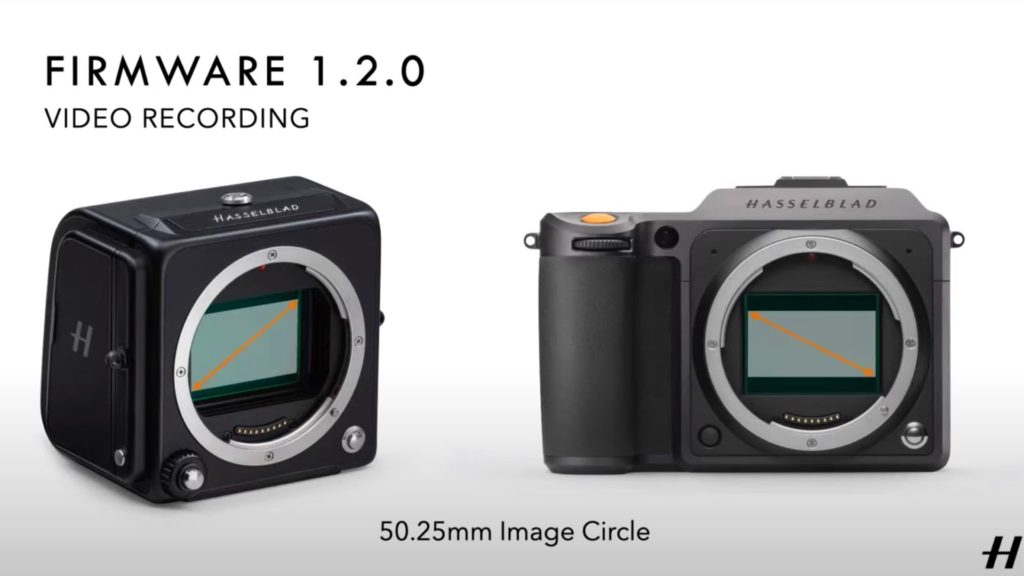
Let’s imagine partnering with Atomos for outputting ProRes RAW from this huge sensor. That will be a game-changer.
Final thoughts
Hasselblad needs to invest more R&D resources focusing on its video capabilities regarding codecs. Let’s imagine partnering with Atomos for outputting ProRes RAW from this huge sensor. That will be a game-changer since compact form factors cameras are back in the market again (Z Cam, RED Komodo, Kinefinity, etc.). Moreover, Hasselblad has a vast experience of producing stunning imagery from its extraordinary cameras. Thus concentrating on professional video capture could be Hasselblad’s smartest strategic decision ever.
What do you think? Should Hasselblad invest in R&D to sharpen and improve the video capture from its medium format sensor? Comment below!


